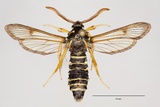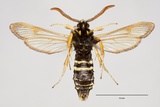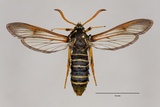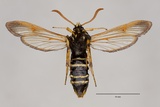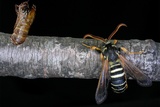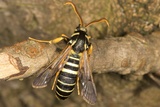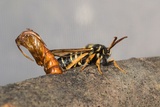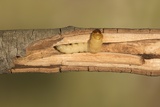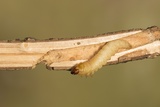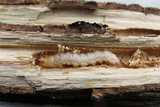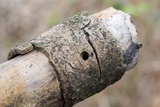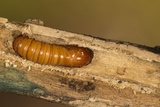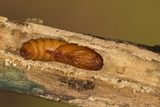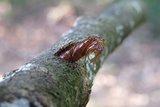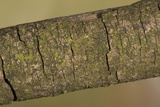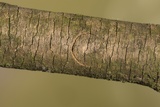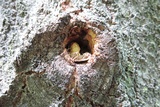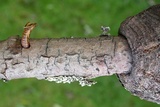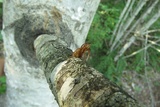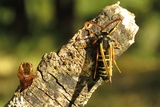Eusphecia melanocephala (Dalman, 1816) Species
Last modified: Jan. 30, 2024, 3:50 p.m.
In 2001, between April 4 and June 23 , this species was found for the first time in Belgium in three provinces at once (NA, LG, LX). It is a local species in Belgium and only in 2015 and 2017 the species was discovered in resp. VB and LI.
Details
- Classification
- Family: Sesiidae > Subfamily: Sesiinae > Tribus: Sesiini > Genus: Eusphecia > Species: Eusphecia melanocephala
- Vernacular names
- Zwartkophoornaarvlinder (NL), Aspen Clearwing (EN), Sésie du Tremble (FR), Espen-Glasflügler (DE)
- First mention in Belgium
- Garrevoet T. & Garrevoet W. 2003. Sesia melanocephala, a new species to the Belgian fauna (Lepidoptera: Sesiidae). — Phegea 31(1): 5–9. On page 5 (as Sesia melanocephala). view page
- Status
-
Native
Distribution
Imago
This medium sized species, with a wingspan from 26–38 mm, was formerly placed in the genus Sesia but is nowadays placed in the genus Eusphecia. It is considerably smaller than both Sesia-species that occur in Belgium and has distinctly different bionomics.
E. melanocephala has largely transparent wings and the forewings are sparsely covered with semi-translucent reddish brown scales. The abdomen has narrow yellow bands on almost every segment. The proboscis is strongly reduced and non-functional.
For this species, no efficacious pheromone is available at present.
Mine
The first year larva makes small galleries in the sap-rich callus tissue in the swelling surrounding a dead branch. From the second year on, the caterpillar constructs a gallery in the dead branch. This tunnel is completed, including the construction of an exit hole, after the second hibernation.
Bionomics
E. melanocephala is a monophagous species living only in aspen ( Populus tremula). The egg is laid on a swelling surrounding a dead branch that is usually situated on the trunk or, very exceptionally, on a side branch.The young larva feeds inside this sap-rich swelling. In the second year, following hibernation, the larva starts to construct a gallery inside the dead branch. This gallery is completed and the future exit hole is constructed after the second hibernation. The hatching pupa breaks the remaining thin membrane covering the exit hole.
Flight periods
The adults fly in June and July.
